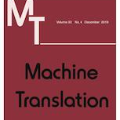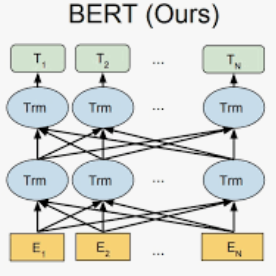Adding linguistic information (syntax or semantics) to neural machine translation (NMT) has mostly focused on using point estimates from pre-trained models. Directly using the capacity of massive pre-trained contextual word embedding models such as BERT (Devlin et al., 2019) has been marginally useful in NMT because effective fine-tuning is difficult to obtain for NMT without making training brittle and unreliable. We augment NMT by extracting dense fine-tuned vector-based linguistic information from BERT instead of using point estimates. Experimental results show that our method of incorporating linguistic information helps NMT to generalize better in a variety of training contexts and is no more difficult to train than conventional Transformer-based NMT.
翻译:将语言信息(语法或语义)添加到神经机翻译(NMT)中,主要侧重于使用预先培训模型的点数估计,直接使用诸如BERT(Devlin等人,2019年)等大规模培训前背景词嵌入模型的能力,在NMT中用处不大,因为如果不使培训变得脆弱和不可靠,NMT就难以获得有效的微调。我们通过从BERT提取密集的、微调的病媒语言信息而不是使用点数估计来扩大NMT。实验结果显示,我们采用语言信息的方法有助于NMT在各种培训环境中更好地概括化,培训也比传统的基于变异器的NMT更困难。



